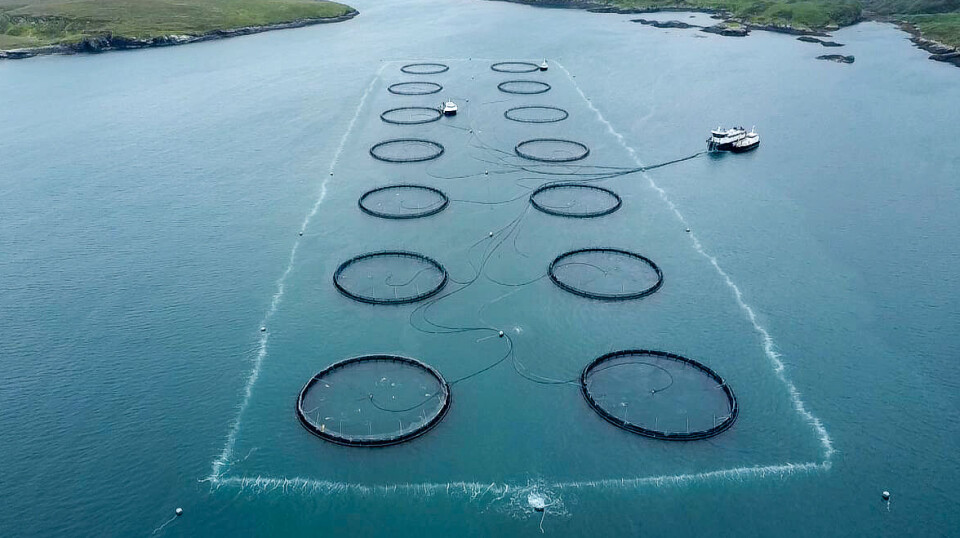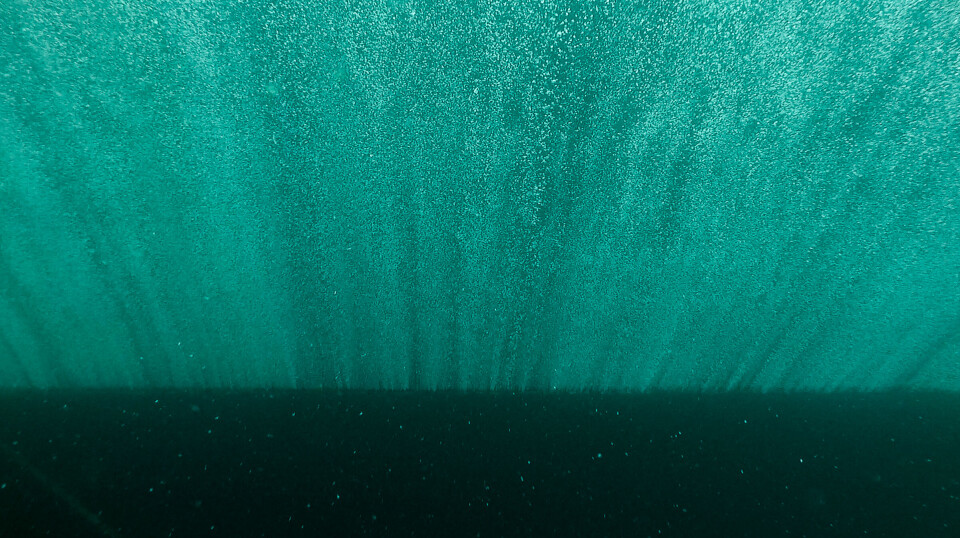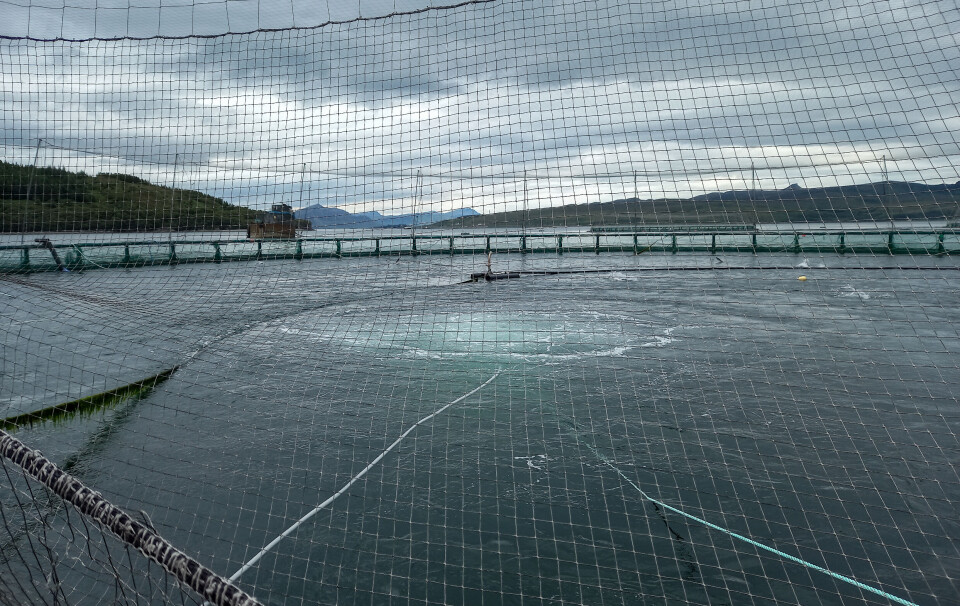
Will bubbles beat jellyfish troubles?
Mowi Scotland is testing two types of aeration technology to tackle problems exacerbated by climate change
Chilean company LOW O2, which specialises in environmental mitigation solutions based on aeration, has commissioned two projects in the South Uist area and the Isle of Skye for Scotland’s biggest salmon farmer, Mowi.
LOW O2, part of the PSP Group, has installed a tight microbubbles screen (TMS) system at a depth of 25 metres at the Stulaigh salmon farm, Uist.
The TMS technology is a specialised microbubble barrier system that acts as a perimeter fence, blocking the entry of unwanted agents such as jellyfish, zooplankton, phytoplankton, and hydrocarbons (oil spills), among others.
Los Lagos-based LOW O2 said the technology had been tested in the field and validated by universities and research centres in Chile and abroad and has been successfully applied in more than 150 projects worldwide, translating into more than 150,000 linear kilometres of such barriers installed.

PSP Group engineering and projects manager Ramón Parada attended the commissioning of the systems in Scotland.
He said: “Our technology is based on the phenomenon of non-turbulent laminar flow, which creates a drag effect that blocks the entry of unwanted agents into a designated area. The systems we implement are customised for each client, and their design depends on the problem to be mitigated, ensuring the best performance for their specific needs.”
The second project, at the Maol Ban farm off Skye, involved the installation of a water upwelling system composed of a series of aeration discs.
Dynamic strategies
LOW O2 said this system is quite versatile as it allows for dynamic aeration strategies, such as transferring oxygen, renewing the water column, homogenising water temperature, displacing gases, diluting surface algae, and accelerating the microbiological oxidation of organic waste, among other things.
The company said the process, which uses millions of air microbubbles, significantly improves environmental conditions for the optimal growth and development of salmon.


Cameron Jones, Mowi’s area manager for Skye, Uist, and Barra, said: “Mowi Scotland has been testing new technologies including bubble curtains and water upwelling systems with aeration discs to protect the salmon population from plankton, mainly jellyfish. This is in addition to rolling out training across our farms to improve the identification of harmful plankton through the use of drones and other sampling techniques.
“We are hopeful that the combination of these technologies and techniques is working well for us and so far this summer, our salmon are thriving.”
Focus on prevention
Luis Sepúlveda, chief executive and co-founder of LOW O2, said: “Our client’s demand focuses on prevention, which is why the TMS technology offers effective mitigation of the entry of unwanted agents that increase the risk conditions for fish, as well as minimising interaction with the adjacent marine ecosystem.”
A small but significant rise in average water temperatures in Scotland has meant that micro jellyfish such as Muggiaea atlantica, plankton, and hydrozoans have caused increasing problems for fish farmers over the last couple of years, and in January it was announced that Mowi had received a Marine Fund Scotland grant of £47,000 towards the £157,000 aeration project.






















































